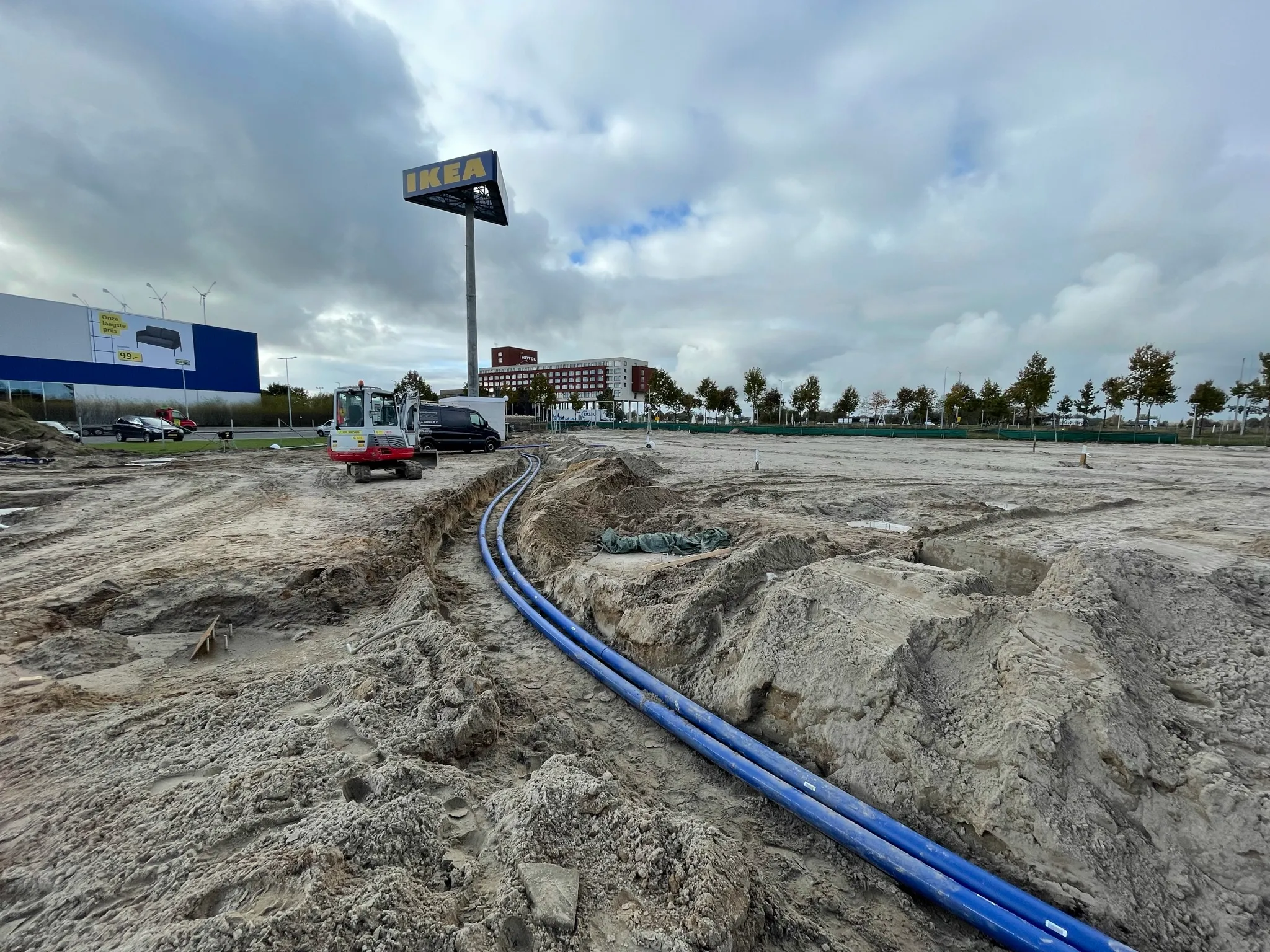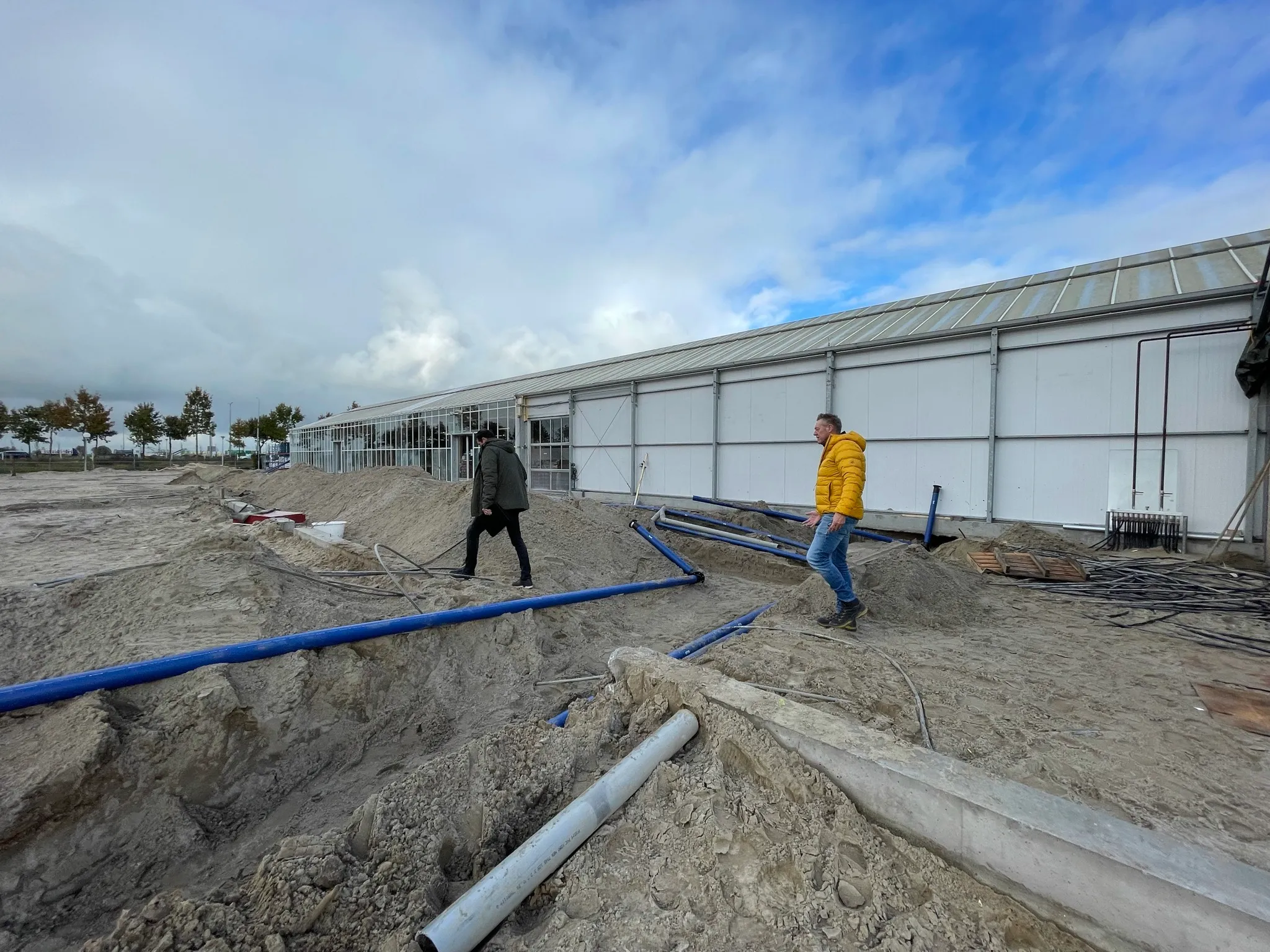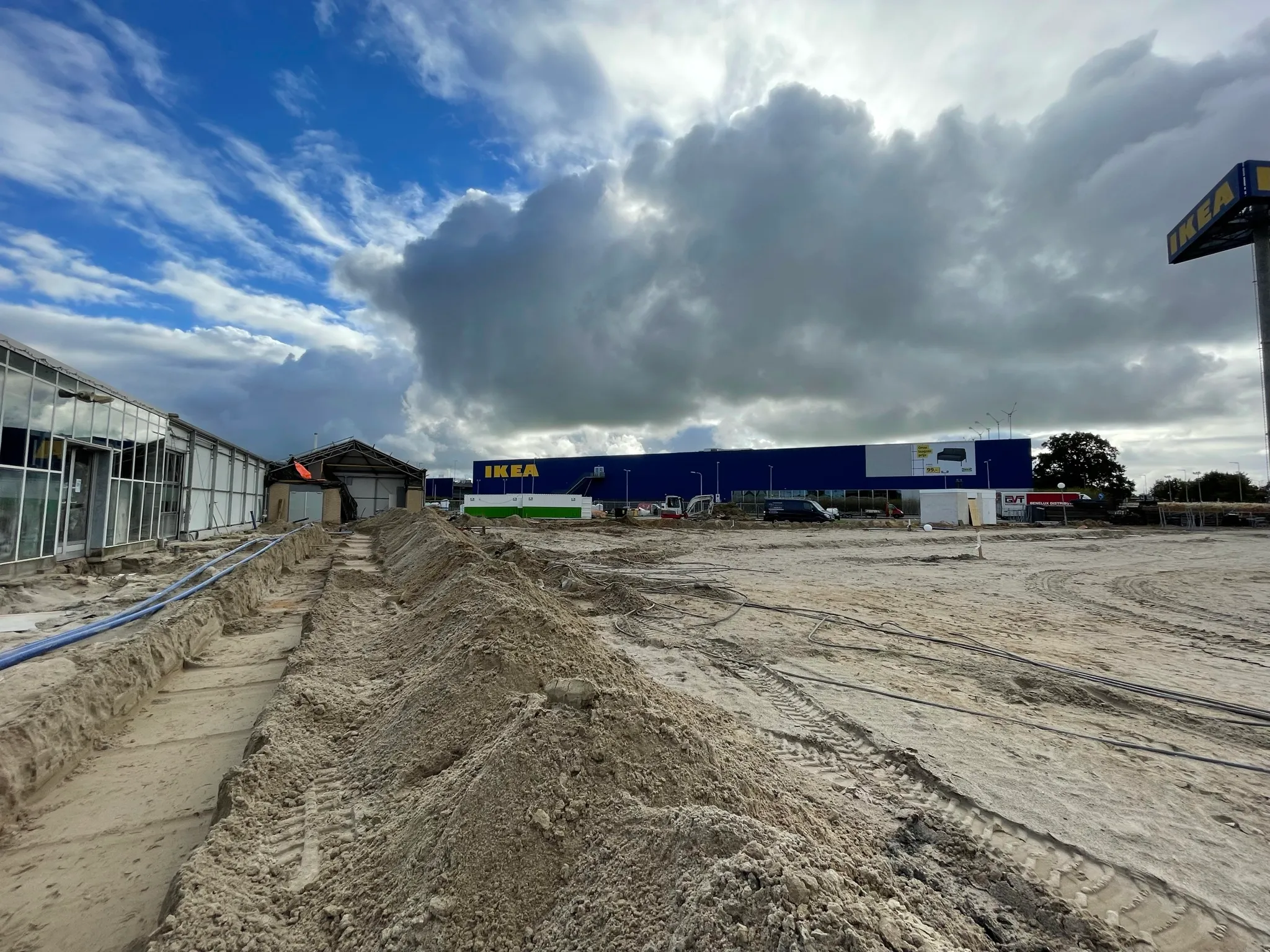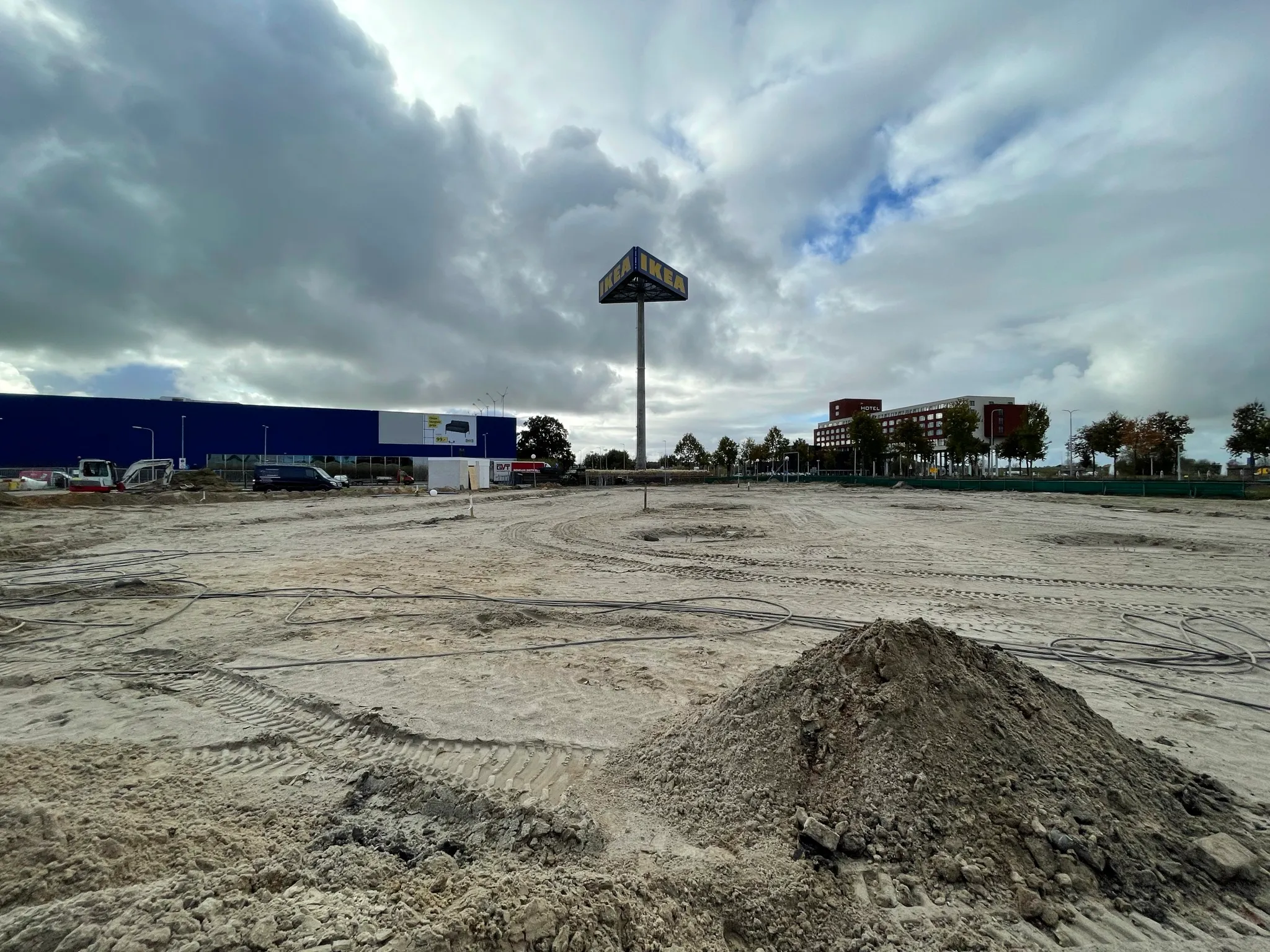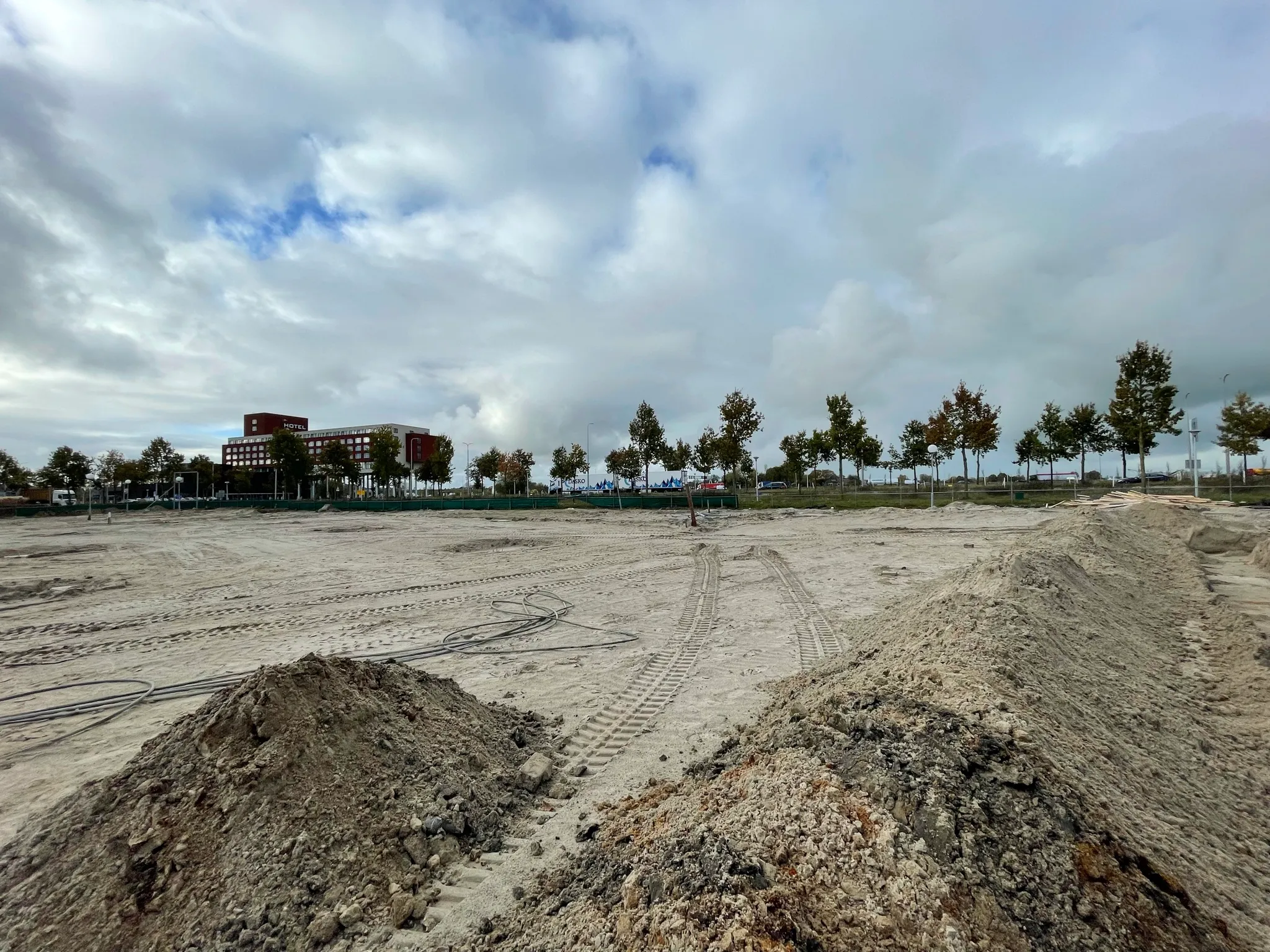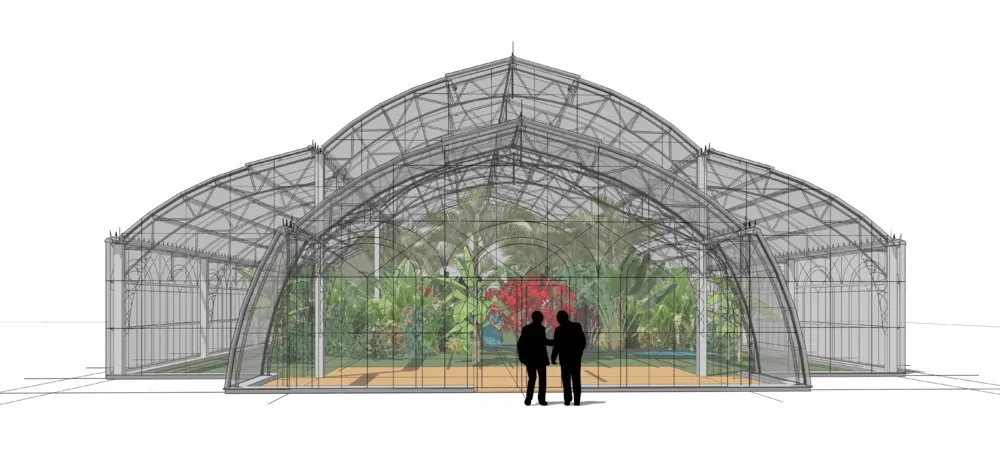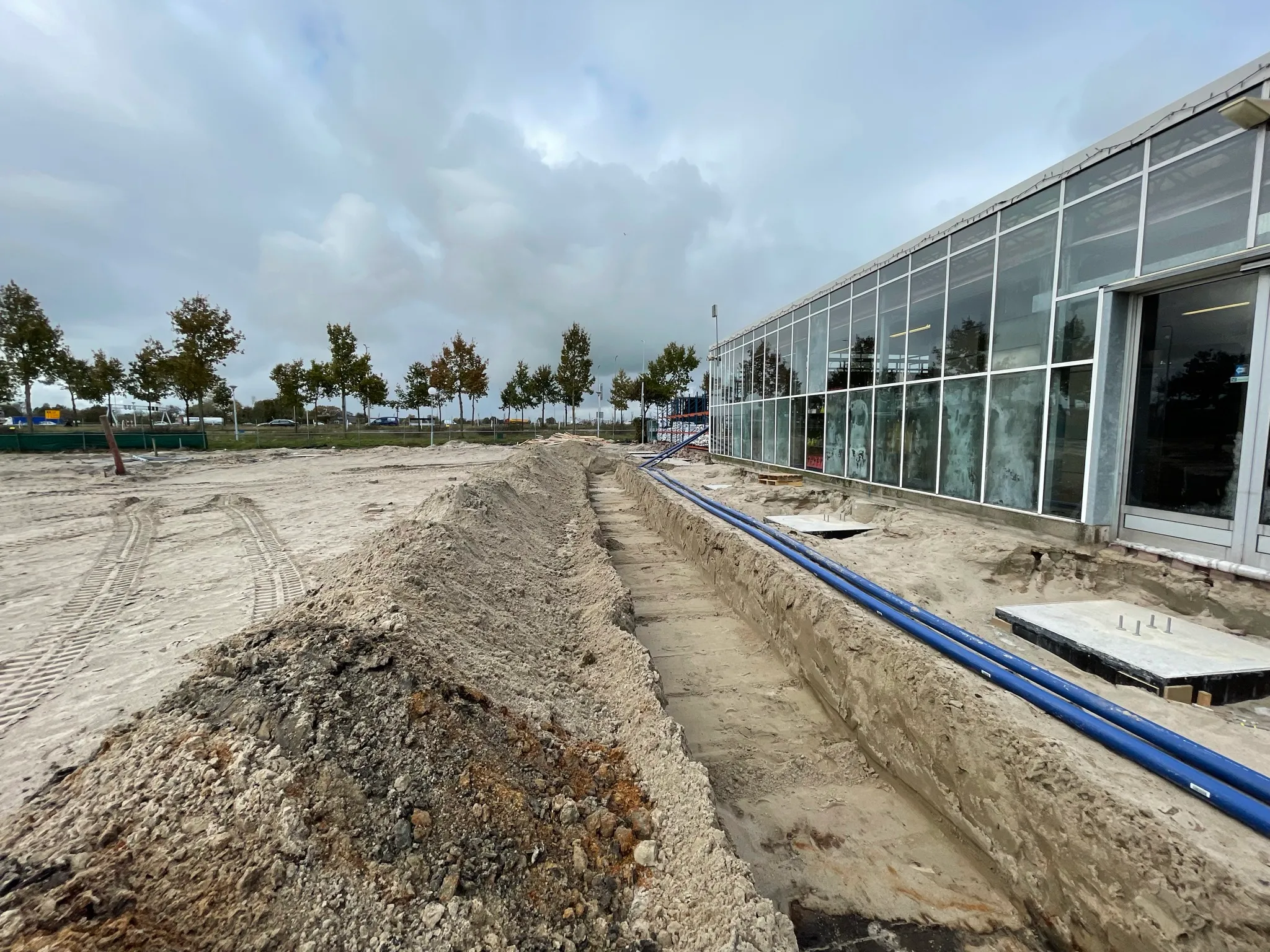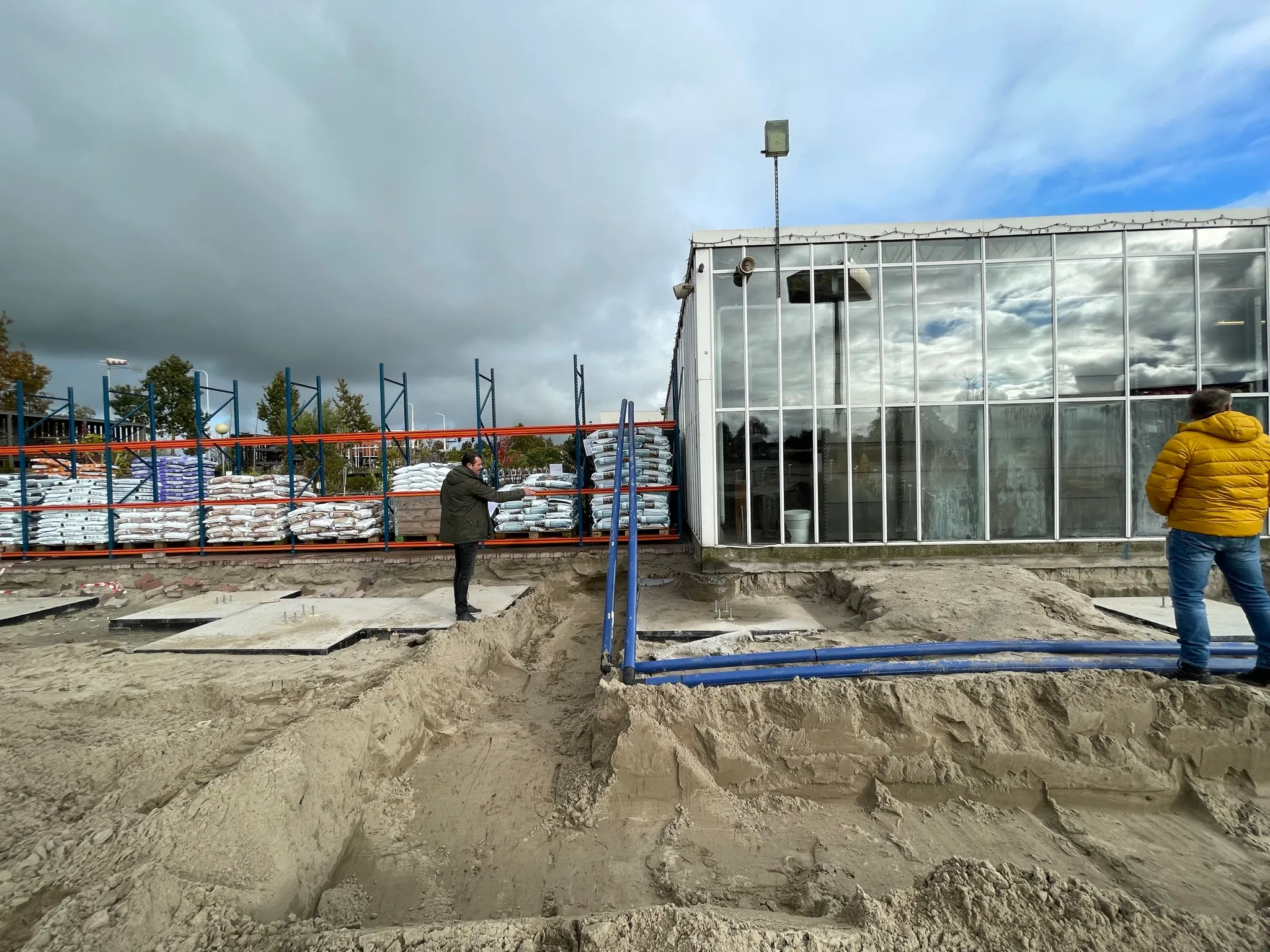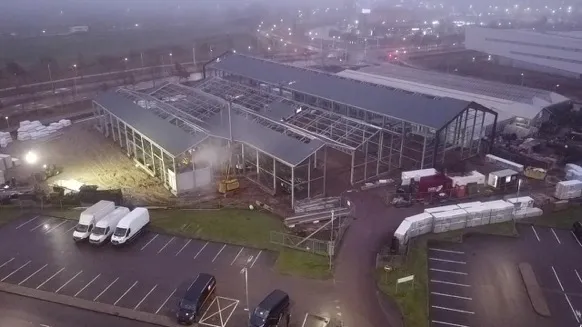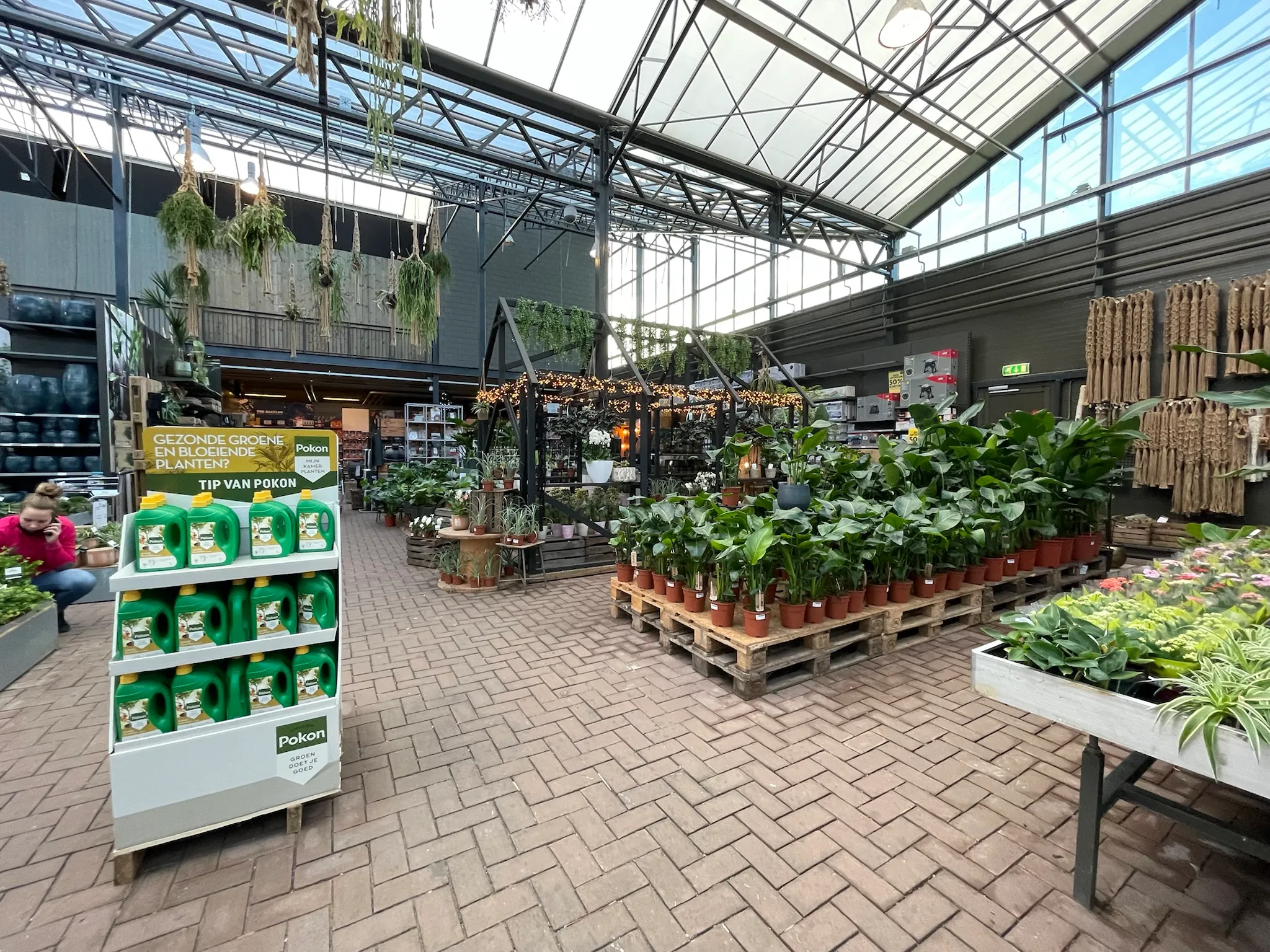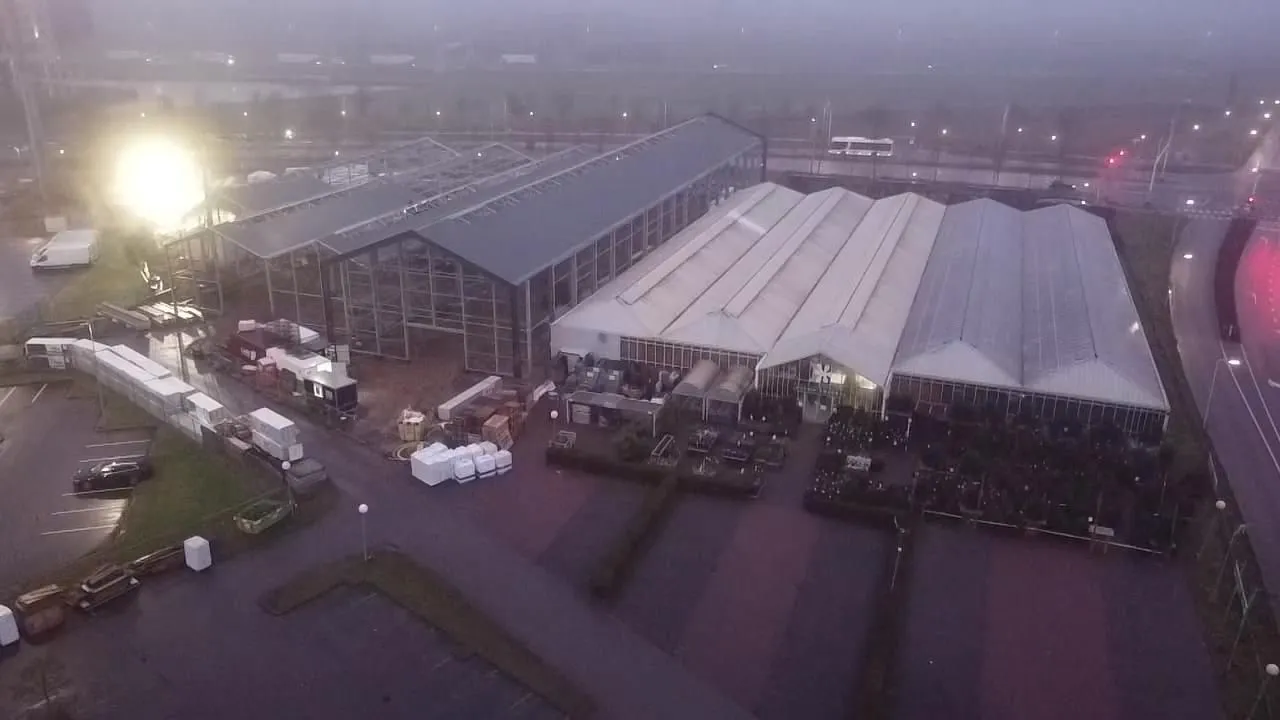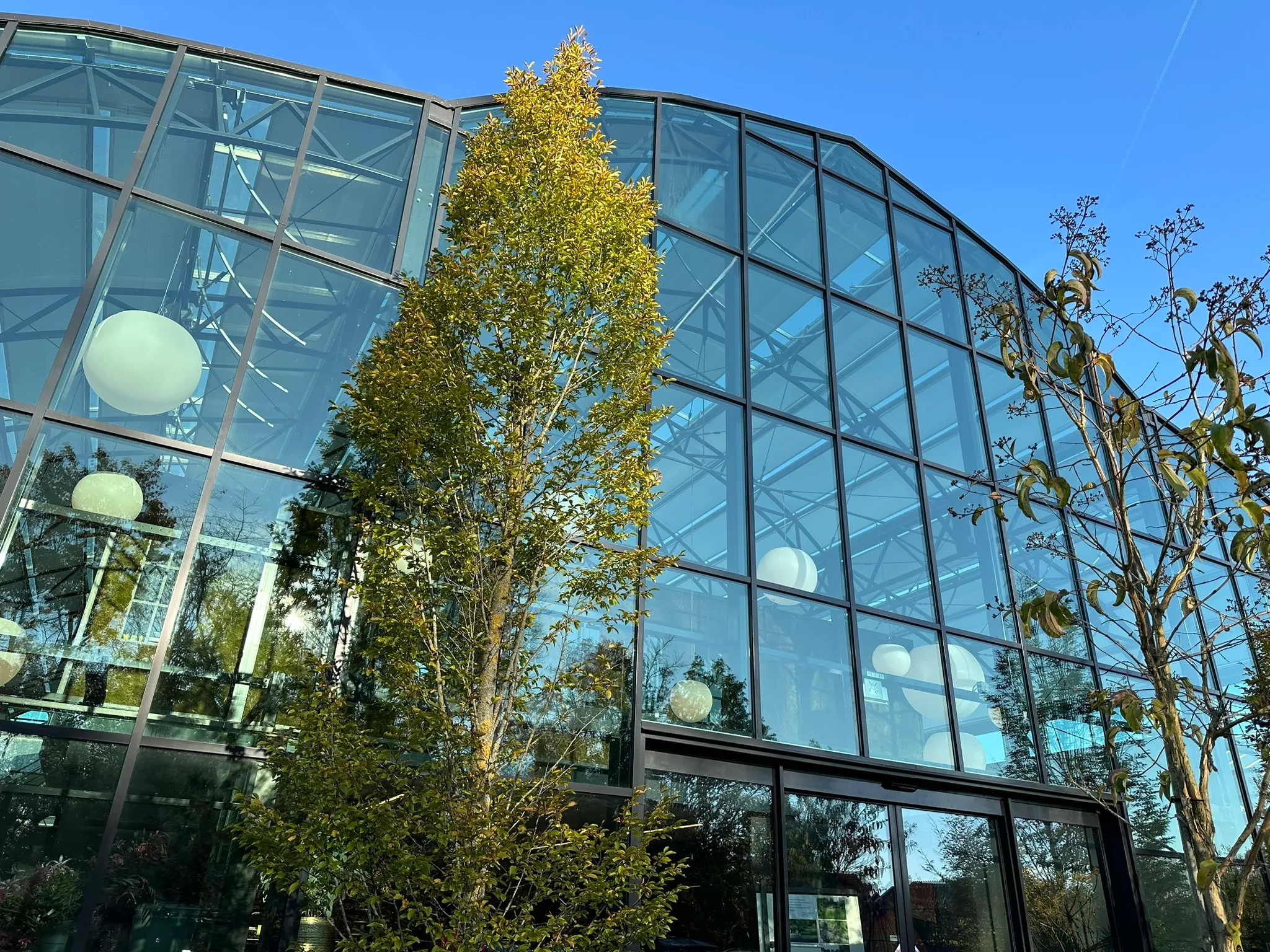
How to Design a Wildlife Sanctuary
How to Design a Wildlife Sanctuary: Step-by-Step Guide for Conservation Designers and Landscape Architects
Designing a wildlife sanctuary is a powerful way to protect biodiversity, restore natural habitats, and promote sustainable eco-tourism. Whether you're a conservation architect, landscape designer, or environmental planner, a successful sanctuary balances ecological integrity with visitor engagement.
This comprehensive guide walks you through how to design wildlife Sanctuary step by step. Using sustainable design principles and biodiversity strategies that work in harmony with nature.
🐾 What Is a Wildlife Sanctuary?
A wildlife sanctuary is a protected area dedicated to the conservation of flora and fauna in their natural habitat. Unlike zoos or game reserves, wildlife sanctuaries emphasize minimal human interference, prioritizing:
- Natural ecosystems
- Habitat rehabilitation
- Scientific research
- Wildlife protection
🛠️ Step-by-Step Guide to Designing a Wildlife Sanctuary
Step 1: Identify the Core Purpose and Conservation Goals
Clarify the sanctuary’s mission:
- Biodiversity conservation
- Endangered species protection
- Eco-education and tourism
- Habitat restoration
Define your target species and ecosystems early in the planning stage.
Step 2: Conduct Site Analysis and Environmental Assessment
Assess the chosen land area for:
- Existing flora and fauna
- Topography and hydrology
- Soil type and vegetation zones
- Migration corridors and nesting grounds
Work closely with:
- Ecologists
- Environmental scientists
- Local experts
Step 3: Zoning and Sanctuary Layout Planning
Divide the sanctuary into specific zones:
- Core Conservation Zone – Highly restricted, minimal human access
- Buffer Zone – Limited access for research and monitoring
- Tourism Zone – Trails, hides, eco-lodges
- Administrative and Rescue Areas
Use GIS mapping and site modeling tools to:
- Plan safe wildlife corridors
- Minimize habitat fragmentation
Step 4: Infrastructure Design (Eco-Friendly)
Plan minimal-impact infrastructure, such as:
- Elevated walkways and canopy bridges
- Viewing decks and bird hides
- Solar-powered ranger stations
- Eco-toilets and composting systems
Emphasize:
- Natural materials
- Rainwater harvesting
- Off-grid technologies
Step 5: Landscape and Vegetation Design
Rehabilitate damaged ecosystems by:
- Planting native and endemic species
- Rewilding with natural plant communities
- Removing invasive species
- Creating artificial wetlands or watering holes
Incorporate permaculture principles for:
- Self-sustaining zones
- Forest gardens
Step 6: Design for Animal Safety and Freedom
Ensure wildlife-friendly features:
- Natural boundaries (e.g., water bodies or native hedgerows)
- Zero-fence or soft fencing techniques
- Night-vision cameras for monitoring
- Rescue centers for injured or orphaned animals
Avoid:
- Artificial lighting
- Noise pollution
Step 7: Visitor Experience and Interpretation
Design eco-sensitive visitor features:
- Nature trails and guided tour routes
- Interpretive signage (with local languages)
- Interactive learning stations and conservation exhibits
- Observation towers with camouflage elements
Focus on education over entertainment to align with sanctuary ethics. This will help you to design wildlife sanctuary in the right way and without disturbing the animals.
Step 8: Sustainability and Management Planning
Develop long-term sustainability systems:
- Community-based conservation programs
- Training for rangers and guides
- Monitoring with GPS tagging and biodiversity indexes
- Legal protections and anti-poaching strategies
Engage local communities as stakeholders to ensure shared ownership and long-term protection.
🌿 Conclusion
A thoughtfully designed wildlife sanctuary is not just a refuge for animals — it's a living, breathing ecosystem that educates, inspires, and preserves nature for generations to come. As a wildlife sanctuary designer, your vision can restore ecological harmony while fostering responsible eco-tourism and conservation. To design wildlife sanctuary it would be best that you take advice from the experts and then get things done in whichever way you want.
Let’s Start Work Together
Please feel free to contact with us. We will get back to you within 1-2 business days. Or just call us now.
